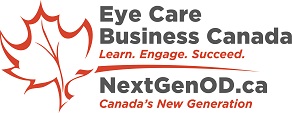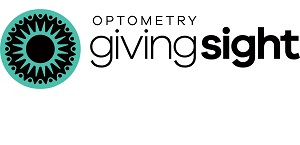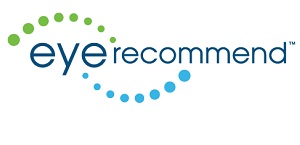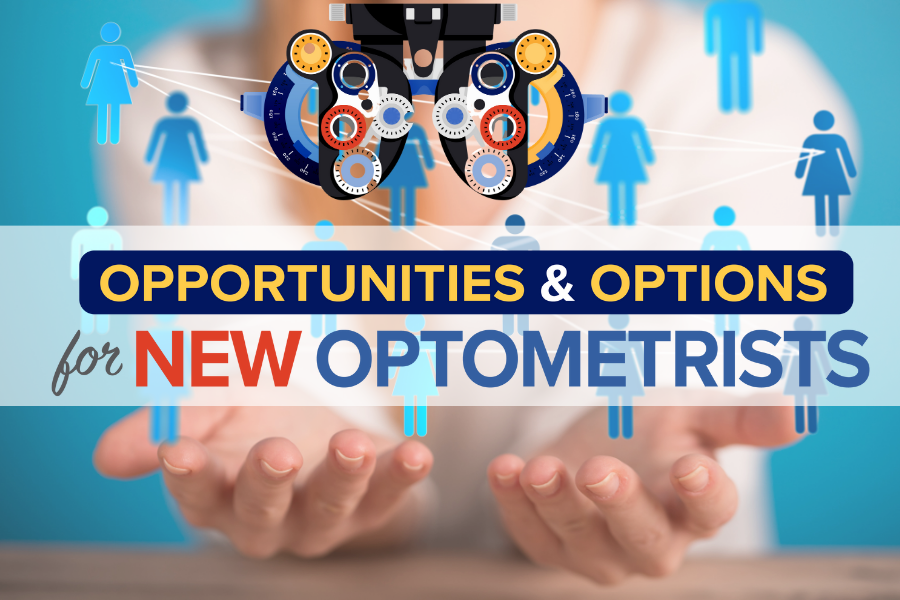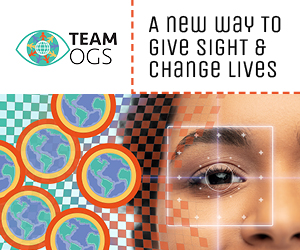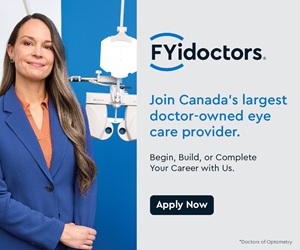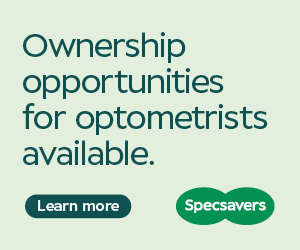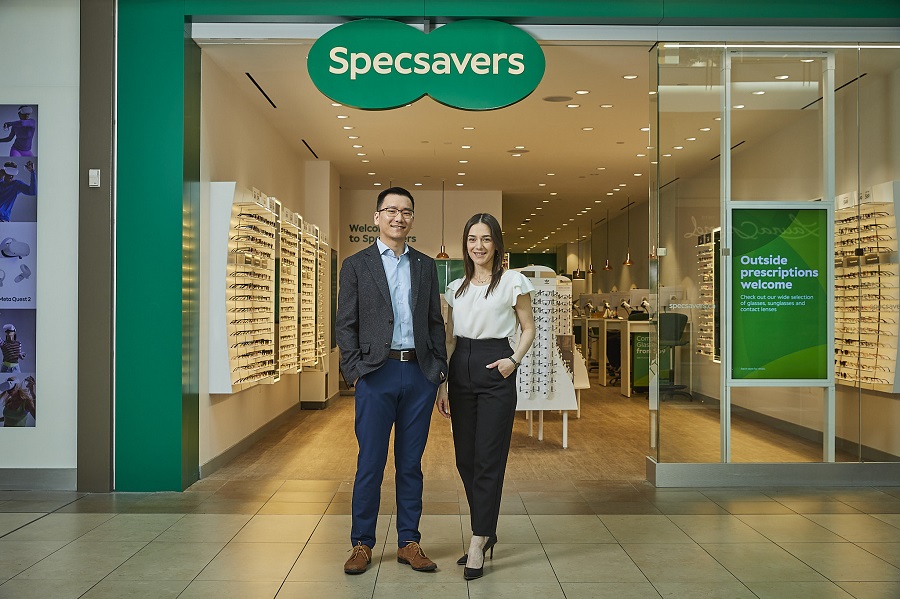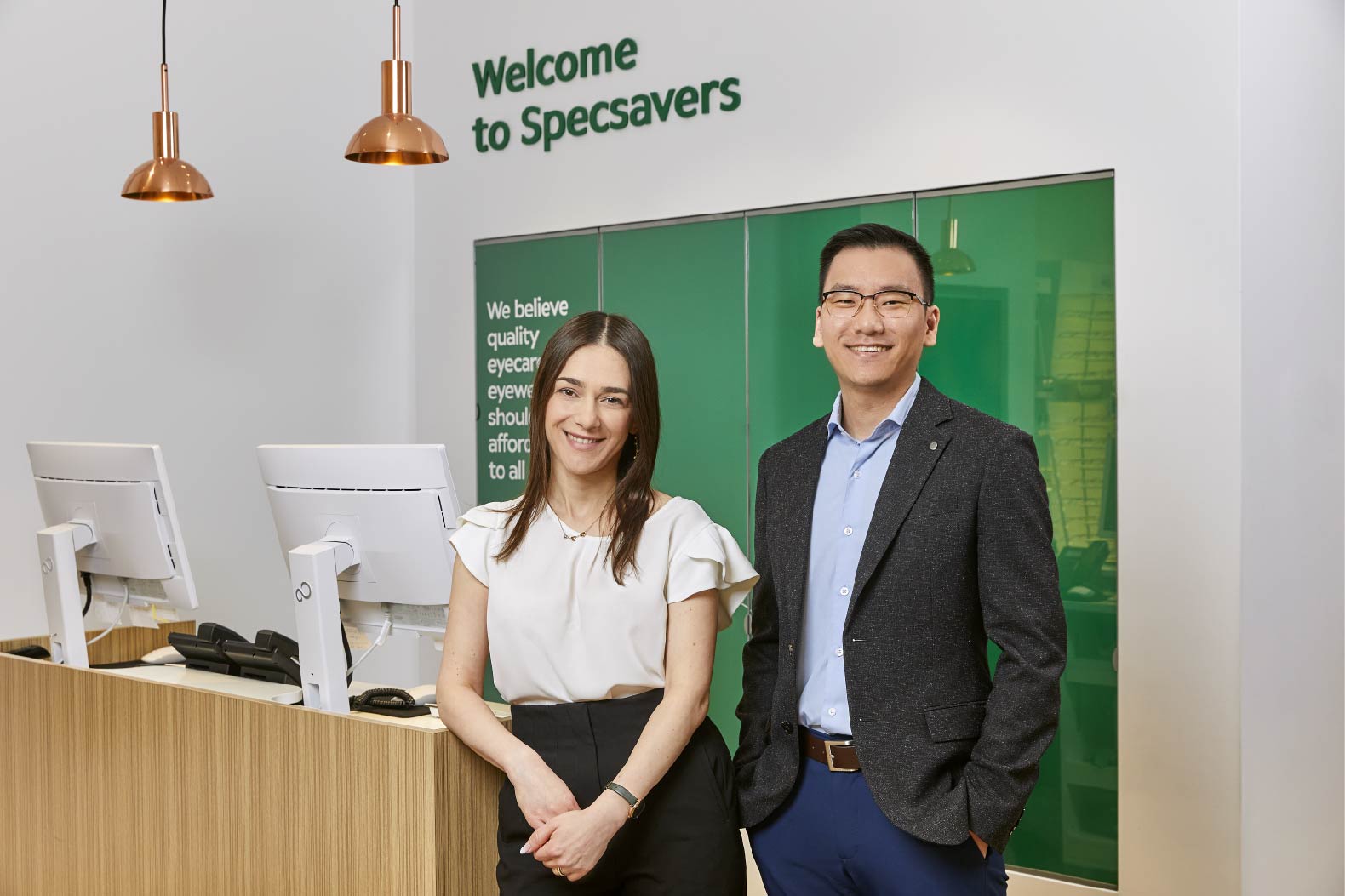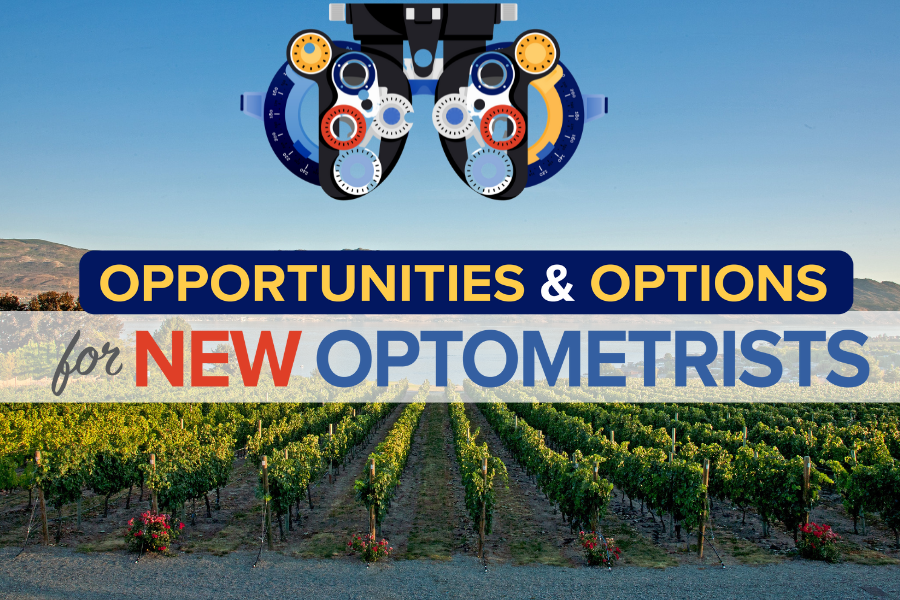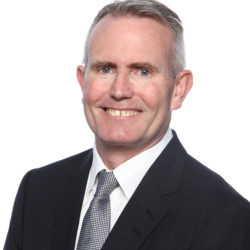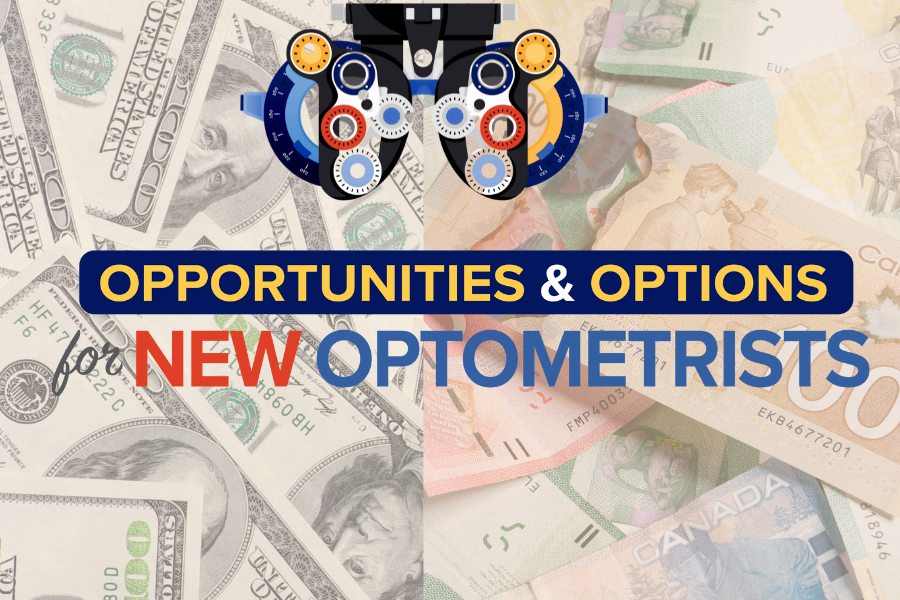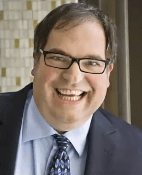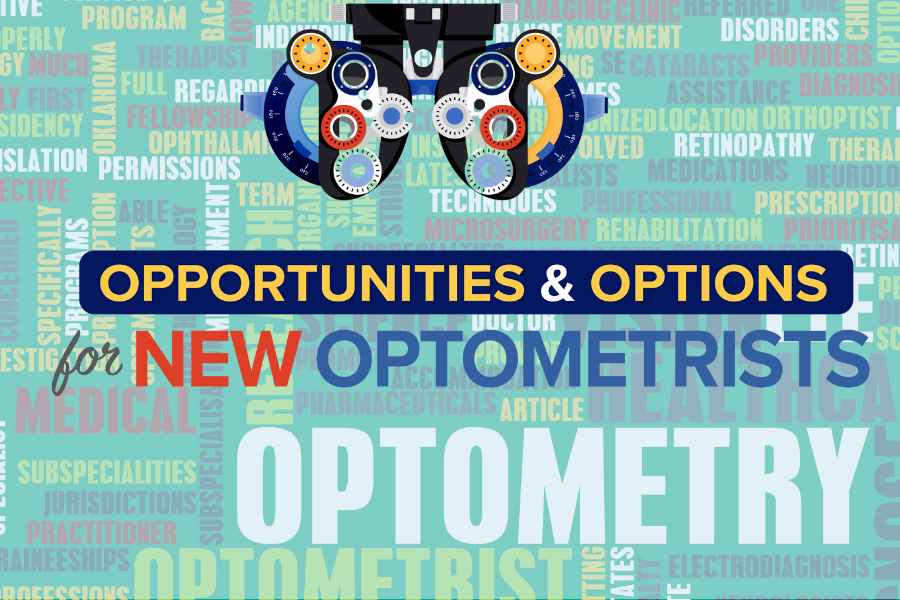
Finding good people is a challenge for all businesses these days. Specifically for optometric owners, it is increasingly difficult to attract and retain associates. There are many more opportunities for new graduates and current associates that may appear more attractive than joining or continuing to work at your optometric clinic. Henry Ford once said, “coming together is a beginning, working together is a process and staying together is success.” In this article, I will look into ways to improve engagement and retention of associate optometrists. Warren Buffet said, “being committed to each other’s success is a true partnership. It’s an emotional alliance.” You may not be partners in a legal sense but embracing a partnership mentality with all members of the team is crucial to success.
Profitability
It is important to run a profitable practice. High spectacle and contact lens capture rates, sub-specialty offerings such as VT, Dry Eye, Myopia Management and Low Vision; selling sunglasses and nutraceuticals can improve profitability. In this way, you can invest in your people, processes, equipment and working environment. It is important to mind all the key performance indicators such as Cost of Goods, Revenue per Patient and Revenues per day. Without benchmark measurements of these KPIs, one cannot manage to improve. Our associates are more attractively compensated because the revenues per patient are significantly higher than the industry median. Financial compensation is not the only criterion to consider when thinking about staying but it is a very important factor. New graduates are often saddled with debt for many years and they deserve to be well compensated. Other entities are enticing your current associates with promises of lucrative financial compensation. It is also important that the shareholders get paid as well. This makes sure that the business EBITDA is healthy and associates can consider how attractive it is to become a real partner. It is also helpful to guarantee an average minimum per day wage. This gives the associate optometrist peace of mind that they can afford to stay with your clinic and puts the onus on practice owners to keep the associate “busy”.
Mentoring
Associates need mentoring and feedback. Teach them what the expected clinic sales process is. Systematize all processes to ensure expectations are clear and patient care is consistent. We recommend handoffs from the exam lane to the optician to be able to outline the recommended doctor treatment plan to the patient and the optician at the same time. Share relative practitioner KPIs and provide feedback to improve capture rates and revenues per patient metrics. In our clinics, all patients get a quote and consultation. We also have a bonus program with our associates. This is based on the net profitability of the practices. It encourages associates to habitulize sales processes and “smart” patient recommendations that benefit both the patient and the practice.
Collaboration
Everyone wants to be heard in the workplace. Associate optometrists are no different. Collaborating with your associates starts with great communication. We use Slack App to provide clinical support in real time, feedback and advice. We include all our optometrists in the weekly staff meeting and quarterly doctor meetings. We have a formal review process annually where we inquire about their short, mid and long term goals and how we can provide support to help them achieve them. Despite the associates not owning the clinic, we request feedback for all major clinic purchases and operational decisions. We ask for what the associate’s ideal schedule is and try hard to accommodate their requests. A profit sharing program incentivizes the associates to be flexible when it comes to supporting clinic production and maximizing schedules. We are transparent with the financial metrics of the practice, thereby encouraging an “owner’s mindset”. Encouraging associates to grow their skill set through mentorship is also attractive to younger practitioners and they look to expand their skill set.
Generational Gap
Quit whining about the Millenials and Gen Z! Get to know their motivations and try to accommodate them. Part time schedules, parental leave, travel opportunities, learning and having fun at work are all important components to attracting these generations of ODs. Why begrudge doctors that want to enjoy themselves along the way and not wait until retirement age to do what they want to do?!
Pathway to Ownership
It is prudent to have a pathway to ownership. Consider creating a clear and transparent pathway. Junior partnerships and opportunities for helping on the management side are also highly valued. It is crucial to target great people to join your clinic and then do everything to keep the amazing people happy and well. We hired a Director of Wellness and Experience who is tasked, amongst other roles, to help with the wellness and experience of our doctors! Get rid of associates that counter your culture of sharing and exceeding patient expectations and who don’t contribute to staff morale and workplace satisfaction. Not all great associates make great partners but all great people make great associates.
Servant Leadership
It is important to lead by example. The last shall be first is theological teaching but so true in business management. The concept of “servant leadership” is where as an owner you share in the challenges of the clinic. Working some evenings and Saturdays, valuing everyone’s contributions, and understanding family and kids come first are crucial to being a clinic that associates will find attractive. It is important that owners choose their attitude at work. Setting a positive tone, being calm and having emotional control are vital. Containing overt disappointment is always prudent. There is a time and place for honest feedback and it often isn’t when you’re upset and frustrated.
Culture is Crucial
Building and maintaining an attractive culture is imperative to optometric success. This makes work seem like it isn’t “work” and is a fun and enjoyable place to help patients see better while getting paid. Doctors will be attracted to staff and other doctors that share the concept of a great office culture. As an owner, it is your job to call out counterculture attitudes and activities and to foster an environment that provides support, care and fun for all teammates. All optometrists want to find their dream practice; why not make it your practice?!
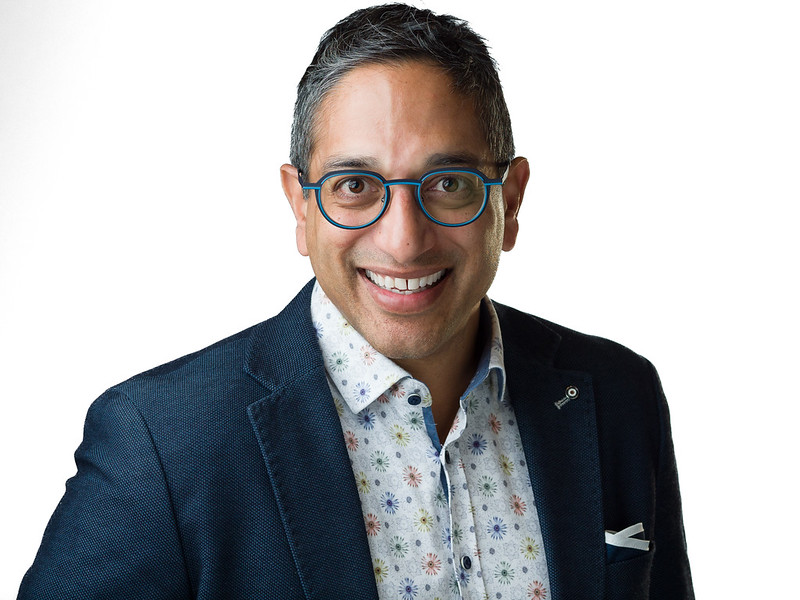
DR. TREVOR MIRANDA
Dr. Miranda is a partner in a multi-doctor, five-location practice on Vancouver Island.
He is a strong advocate for true Independent Optometry.
As a serial entrepreneur, Trevor is constantly testing different patient care and business models at his various locations. Many of these have turned out to be quite successful, to the point where many of his colleagues have adopted them into their own practices. His latest project is the Optometry Unleashed podcast.
